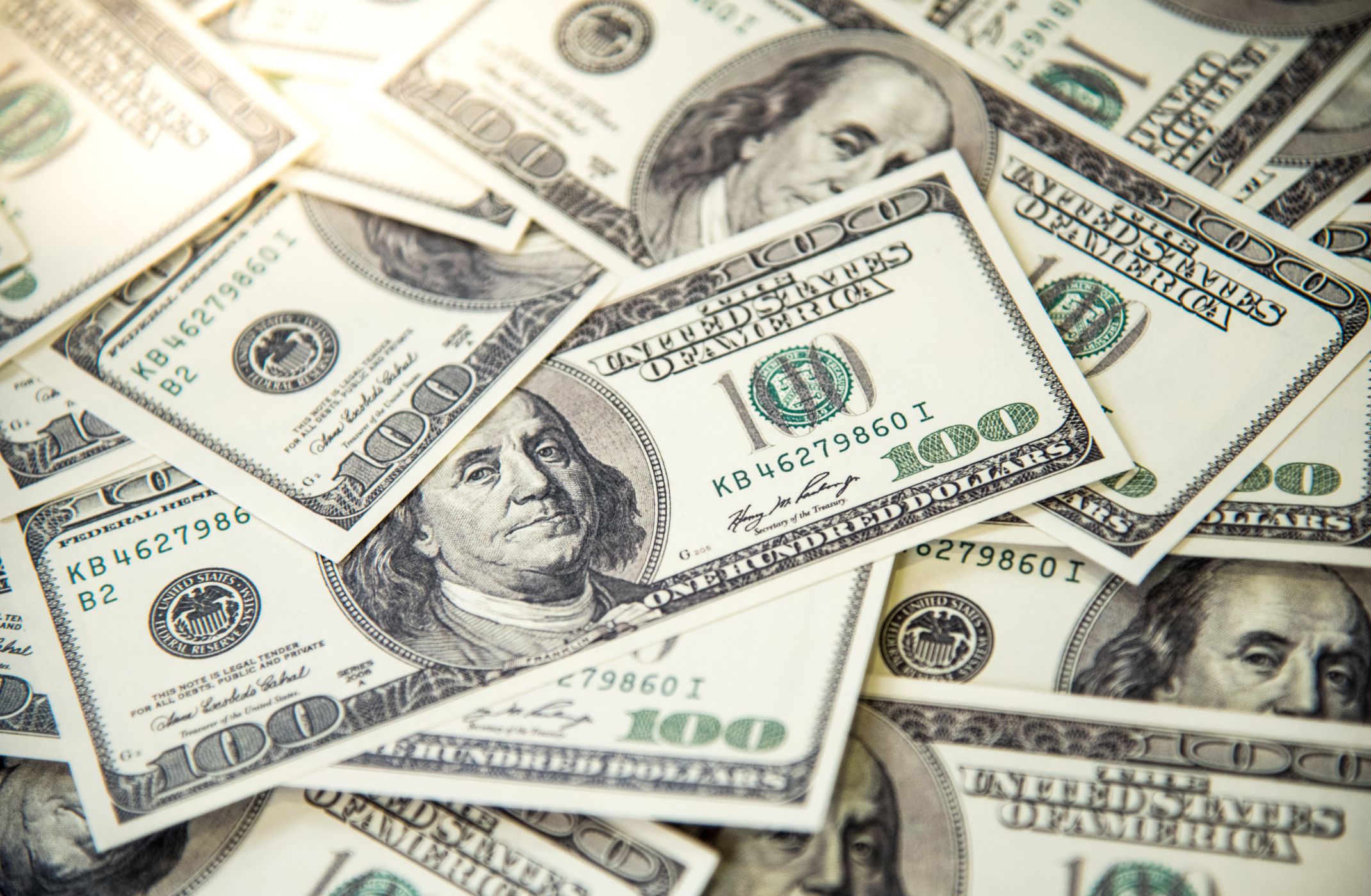The United States has had the world’s reserve currency since World War II. This means that the US dollar is the most common currency used to settle international transactions, according to experts like Kavan Choksi UAE and others worldwide. The dollar has been in this position for a number of reasons, including the size of the US economy and the stability of the US government.

The History of the US Dollar as the Reserve Currency
The US dollar became the world’s reserve currency in 1944 when representatives from forty-four Allied nations met in Bretton Woods, New Hampshire, to form the United Nations Monetary and Financial Conference. The conference’s purpose was to establish an international system for facilitating global trade using a relatively stable exchange rate between national currencies. Accordingly, it was decided that all national currencies would be pegged to the value of the US dollar, which in turn would be convertible to gold at $35/oz. This is referred to as a “gold-backed” currency.
The Bretton Woods conference also established the International Monetary Fund (IMF) and the International Bank for Reconstruction and Development (IBRD), which are institutions within the United Nations system. The primary goal of these institutions is to facilitate international trade by supporting countries in balancing their budgets and stabilizing their currencies.
The Advantages of Having the US Dollar as the Reserve Currency
Many believe that the US dollar being used as the world’s reserve currency brings advantages and disadvantages to the United States.
Advantages of Using the Dollar
The biggest advantage is that having a gold-backed dollar reduces transaction costs for cross-border trade because it makes it easier to determine price values in different countries currencies. It also gives the United States access to low-cost credit because other nations are willing to hold large US dollars in reserve. Finally, it gives America a huge advantage in international trade by making exports cheaper relative to competing countries.
Disadvantages of Using the Dollar
The biggest disadvantage is that it increases US debt to foreigners because they are willing to accept payment in dollars and other countries use their currencies to buy US assets. This makes it easier for the United States to print money and increases inflationary pressures, reducing the value of the dollar relative to foreign currencies.
Why Some Countries Are Discontented with Dollar Hegemony
The issue of dissatisfaction with the US dollar being the world’s reserve currency has become increasingly important in recent years. The major source of this dissatisfaction is the trade imbalances between China and the United States, which have prompted certain countries to call for reform.
China, in particular, has been very vocal in its criticism of the United States’ use of fiat money, which is not backed by an asset of intrinsic value. Instead, they have pushed for a new international reserve currency managed by the International Monetary Fund, which would eliminate the ability of one country to influence world markets with its supply of money.
There are several reasons why China and other countries may be dissatisfied with the use of dollars as the world’s reserve currency. First, because an asset of intrinsic value does not back the US dollar, it can be devalued at any time by the United States if it chooses to do so. Second, there are growing concerns about the stability of the US government, given its ability to run up huge levels of debt. Third, other countries like China who hold large reserves of US dollars, end up losing value due to the low-interest rates that the United States offers on its treasury bonds. For these reasons and more, China has been pressuring the Federal Reserve to raise the interest rates at which it lends money to decrease America’s debt burden.
Leave a Reply